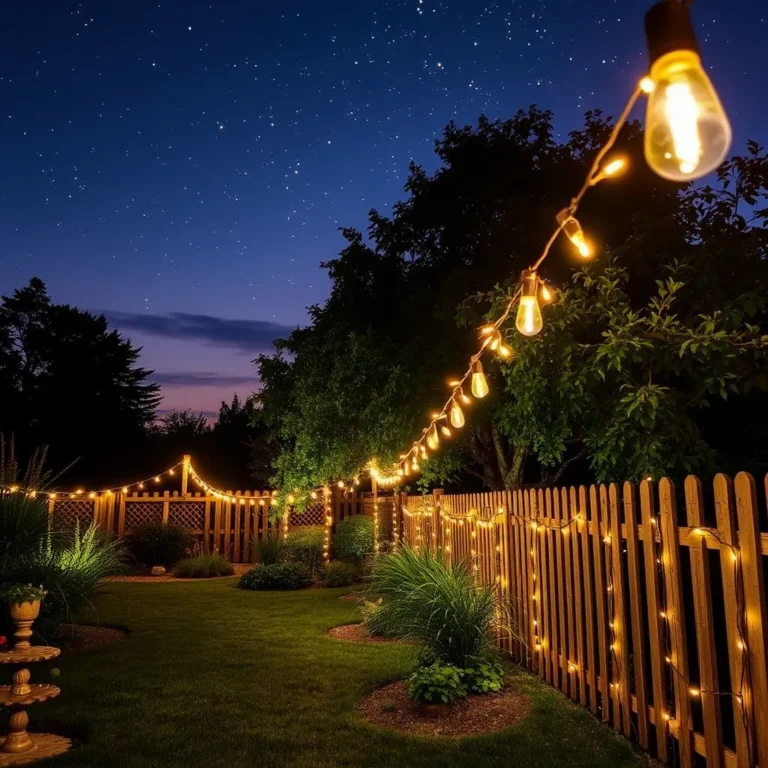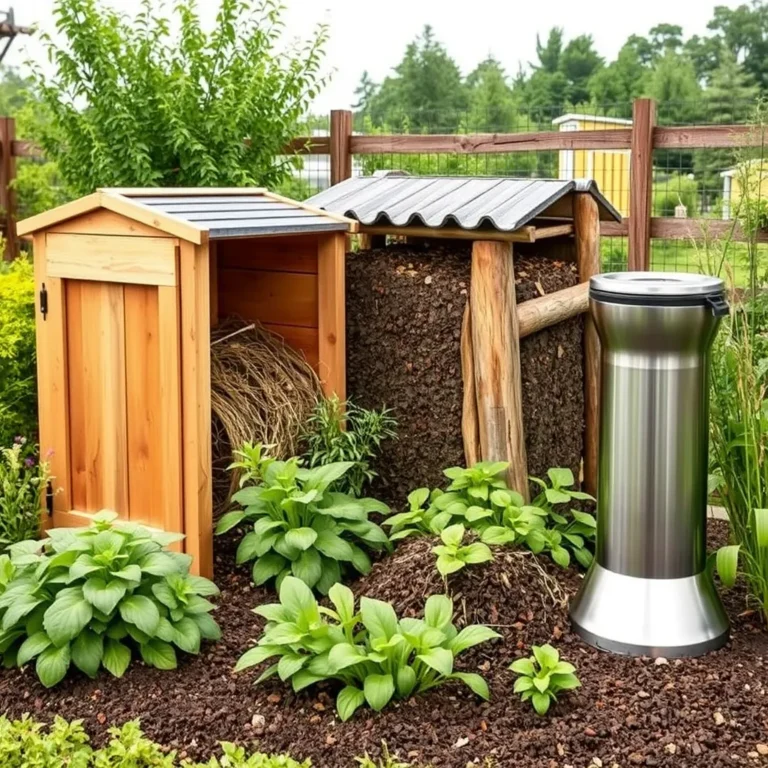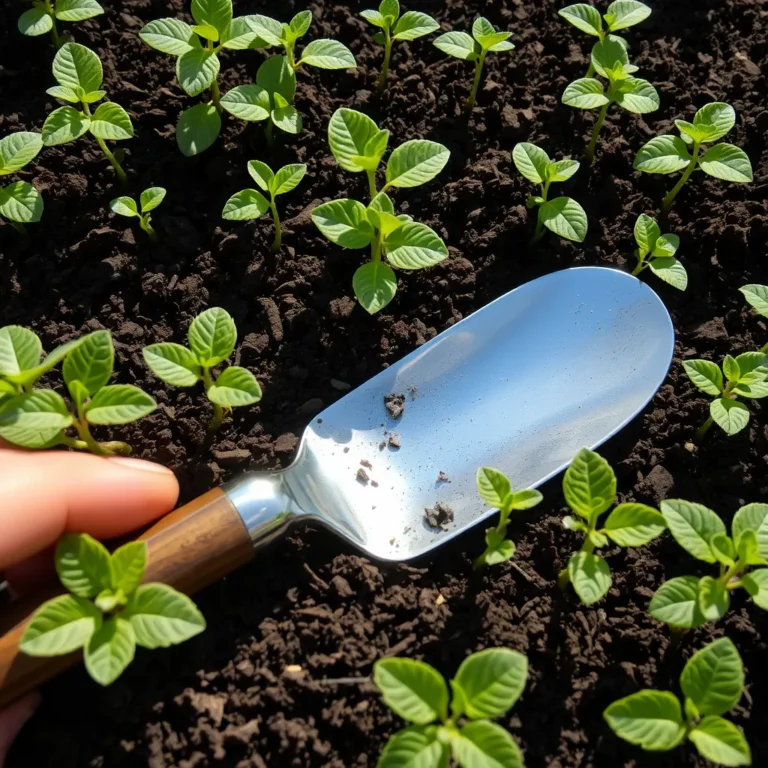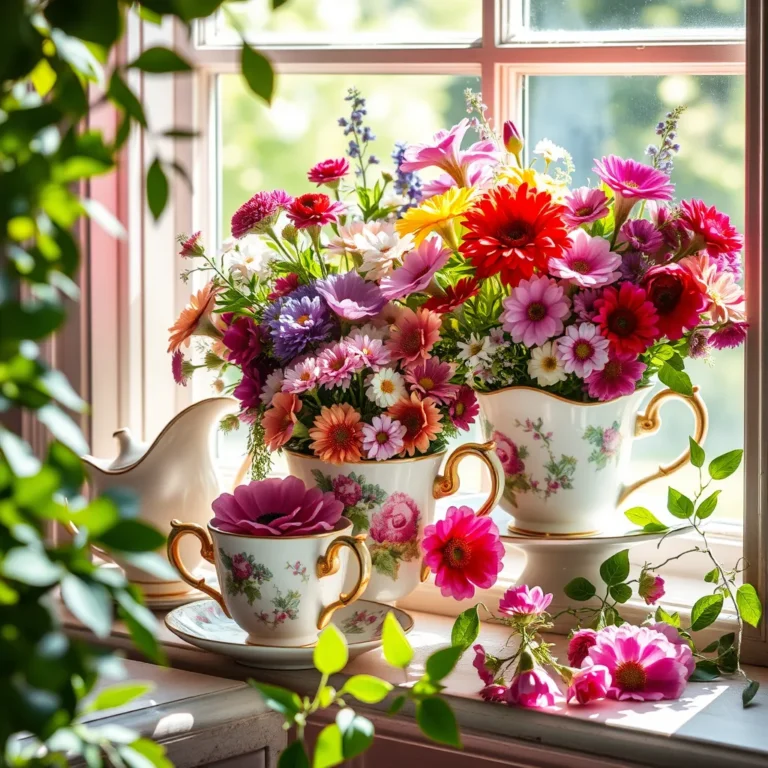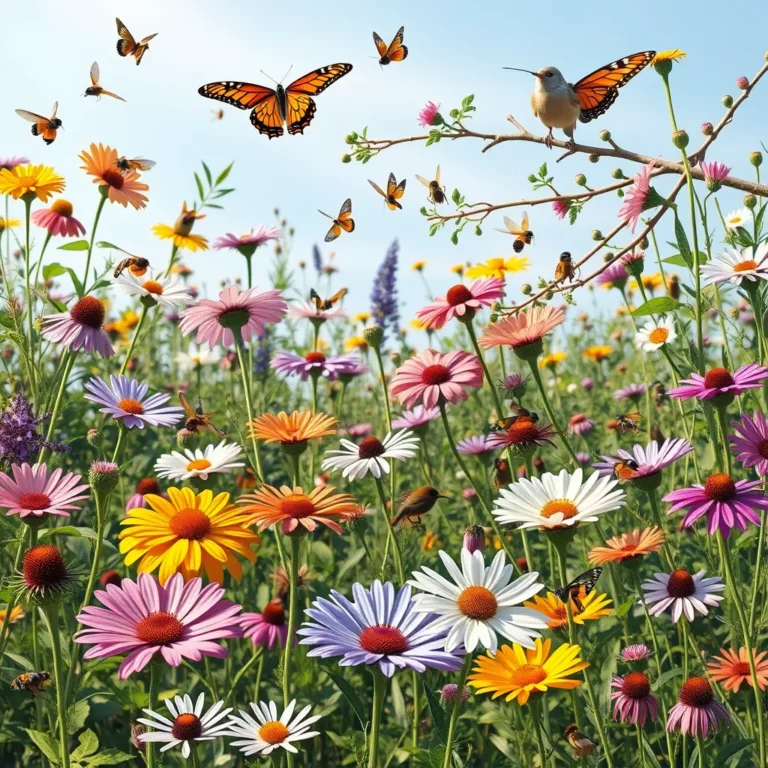8 Fun Garden Projects to Do with Kids This Spring
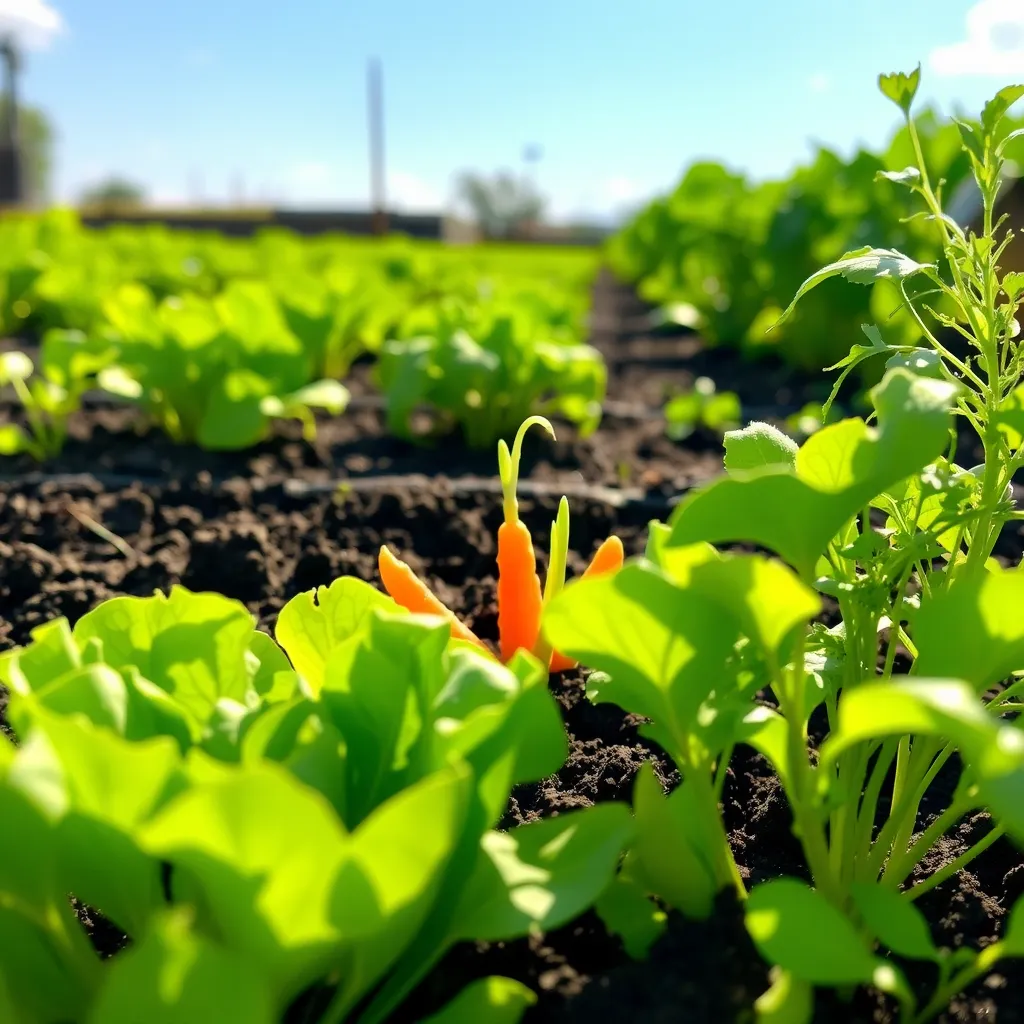
Spring is here, and it’s the perfect time to dig into fun garden projects with your kids! Gardening not only sparks creativity but also teaches valuable lessons about nature. From planting a mini veggie garden to building a birdhouse, you’ll discover eight exciting projects that will keep your little ones engaged and learning. Let’s get started on these hands-on activities that turn your backyard into a playground of growth!
Create a Mini Vegetable Garden

Start by picking some easy seeds. Good choices are carrots, radishes, and lettuce. These plants grow fast and are fun to watch.
Next, find a sunny spot in your yard. Clear any weeds and rocks from the area. Use a shovel to turn the soil. This helps make it soft and ready for planting.
Now, help your child plant the seeds. Follow the instructions on each seed packet. Place the seeds in rows and cover them with soil. Water them gently after planting.
Make sure to check the garden every day. Kids can water the plants and watch them grow. This project teaches kids about food and nature.
Build a Birdhouse Together

To build a birdhouse, gather the right materials first. You will need wood, nails, and paint. You can also use a pre-made birdhouse kit if needed.
Start by cutting the wood into pieces. You need a front, back, sides, bottom, and roof. Use a saw to cut the wood. Make sure an adult helps with this step.
Next, nail the pieces together. Make sure the birdhouse is sturdy. After that, let your kids paint it bright colors. This makes it fun and attractive for birds.
Finally, hang the birdhouse in a tree or on a post. Enjoy watching the birds move in. This teaches kids about wildlife and caring for nature.
Design DIY Garden Markers

Making garden markers is a fun and easy project. You can use stones or popsicle sticks for this.
If you choose stones, find some flat ones. Let your child paint them with bright colors. They can write the names of the plants on each stone.
If you use popsicle sticks, have kids decorate them with markers. They can also paint or glue on fun pictures.
Place the markers next to the plants in your garden. This helps everyone know what plants are growing. It makes gardening more organized and fun.
Plant a Butterfly Garden

To start a butterfly garden, choose flowers that attract butterflies. Good choices are milkweed, coneflowers, and zinnias. These plants provide food for butterflies. You can find seeds at a local store or online.
Next, pick a sunny spot in your yard. Butterflies love warmth and light. Clear the area of weeds. Kids can help by pulling them out. This makes the soil ready for planting.
Now, it’s time to plant! Kids can dig small holes for the seeds. Make sure to follow the instructions on the seed packets. Cover the seeds with soil and water them gently.
As the flowers grow, your garden will attract butterflies. Kids can observe the butterflies and learn about their life cycle. This project is fun and teaches kids about nature.
Make Seed Bombs

Making seed bombs is a fun and messy project. You will need clay, compost, and flower seeds. Mix two parts compost with one part clay in a bowl.
Next, add seeds to the mix. You can use wildflower seeds or any flower seeds you like. Kids can choose their favorite seeds.
Once mixed, add a little water. The mixture should feel wet but not soggy. Now, roll the mixture into small balls, about the size of a marble.
Let the seed bombs dry for a few days. Once dry, kids can throw them in the garden. This project shows how seeds can spread and grow. It’s a fun way to teach kids about nature.
Create a Rain Garden

A rain garden helps manage water and is easy to make. First, pick a low spot in your yard where water collects. This will be the best place for your rain garden.
Now, choose plants that like water. Good options are native plants like iris, ferns, and sedges. These plants help absorb rainwater and prevent flooding.
Kids can help dig a shallow hole in the chosen area. Make sure the hole is wide enough for the plants.
Once the hole is ready, kids can plant the flowers. Spread them out so they have room to grow. Water the plants well after planting.
By creating a rain garden, kids learn about water management. They see how plants help the environment. This project connects kids with nature and teaches them to care for it.
Start a Compost Bin

Starting a compost bin is easy and fun. First, gather some materials. You need kitchen scraps, yard waste, and a bin. You can use a plastic container or build one from wood.
Next, teach kids what to compost. Fruit peels, vegetable scraps, and coffee grounds work great. Avoid meat, dairy, and oils. This keeps the bin healthy and smells nice.
Now, layer the materials. Start with dry leaves or straw. Then add the kitchen scraps. Finally, top it with more dry materials. This helps air flow and speeds up composting.
Every few weeks, turn the compost. Use a shovel or pitchfork. This mixes the materials and helps them break down. Kids can help with this step, and it’s a great workout!
In a few months, the compost will be dark and crumbly. You can use it to feed plants in your garden. Kids learn how composting helps the environment. It shows them how waste can become food for plants.
Construct a Fairy Garden

Creating a fairy garden is magical and sparks kids’ imaginations. Start with a small container or a section of your garden. You can use a wooden box, a flower pot, or even a patch of dirt.
Next, choose plants. Small plants like moss, succulents, and mini flowers work best. They fit the tiny world of fairies. Kids can help pick out the plants at a garden store.
Then, add decorations. You can find tiny houses, fairy figurines, and pebbles. You can even make your own with craft supplies. Let kids use their creativity to design the garden.
Place everything in the container or garden. Arrange the plants and decorations in fun ways. Kids will love making little paths and cozy spots for fairies.
Water the fairy garden and watch it grow. Kids learn about plant care while having fun. This project encourages creativity and a love for nature.
Conclusion
Creating a mini vegetable garden is a fun way to learn about growing food. Building a birdhouse brings joy and gives homes to birds. Designing DIY garden markers makes it easy to label plants and seeds. Planting a butterfly garden attracts beautiful insects while teaching kids about nature. Making seed bombs is messy and fun, perfect for learning about seeds. A rain garden teaches water management and enhances your yard. Starting a compost bin shows kids how to recycle waste. A fairy garden sparks creativity and imagination. Each project offers lessons and joy for all ages. Get started today!

